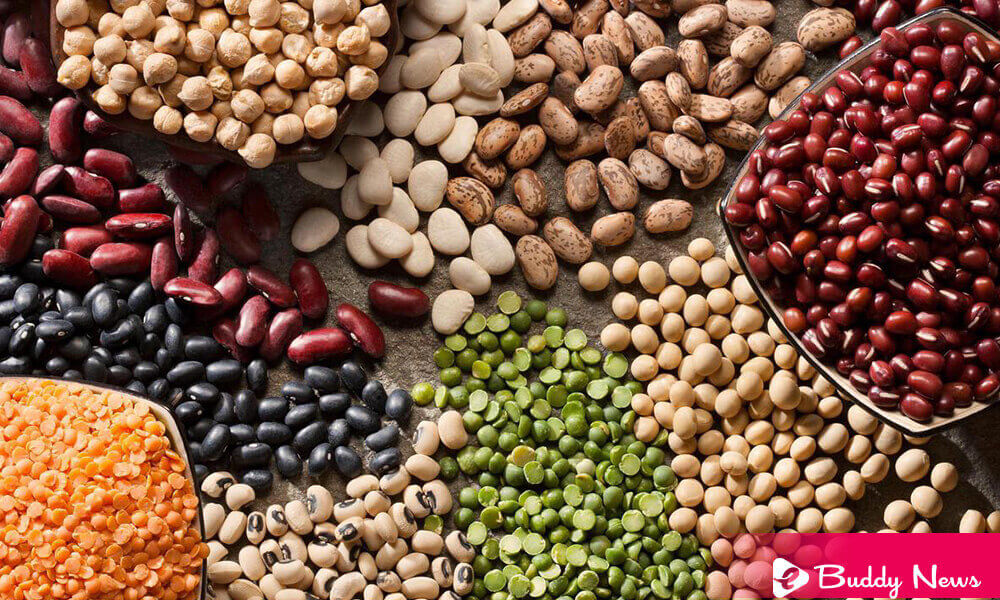What Are The Top 10 Plant-Based Foods With More Protein?

For those on a vegan diet, getting quality protein can be a bit more complex than those who eat meat, eggs, or dairy. However, it is not an impossible mission. For this, we show the top 10 foods of plant-based with more protein and a variety of recipes to include them in the daily diet.
Plant-Based Foods With More Protein
1. Desperate Spirit
Spirulina is one of the algae with the highest plant-based protein content in foods. The protein concentration reaches 58 grams per 100 grams in its dried or dehydrated format.
Thus, just by using a tablespoon, we will be adding 6 grams of protein to the diet. We can easily incorporate it into a smoothie or breakfast yogurt, incorporate it as a powder into bread or cake dough, or enrich a seaweed soup with it.
2. Soy Flour
It is another derivative of soybeans. In this case, after processing, it also loses its water content, thereby concentrating proteins and providing 39 grams of this nutrient for every 100 grams of the food.
We can use this gluten-free flour just like any other flour to make bread or, for example, crepes or some tasty protein cookies.
3. Textured Soy
We can obtain textured soy through a process that allows the protein molecule to separate and then rejoin, thus achieving particles similar in texture to meat.
It provides 53 grams of protein per 100 grams on average and can be used similarly to minced meat to stuff peppers, for example, or make Bolognese sauce. Thus, it is a good substitute for meat in vegan diets. We can also include it in tacos, stews, and others just as if it were meat.
4. Dried Nori Seaweed
Among the different algae that we find at our disposal, dried nori seaweed has the highest concentration of proteins, reaching 31 grams per 100 grams of this nutrient.
Like spirulina algae, we can add it as a powder to a smoothie or yogurt or make bread or pancakes with it.
5. Soy
We can use soybeans like lentils, beans, or chickpeas to make stir-fries, salads, stews, or the classic high-protein soy burger.
For every 100 grams, soy offers 35 grams of protein and good fats for the body and quality fiber and micronutrients.
6. Wheat Germ
There is a small portion within each cereal that concentrates most of the grain’s proteins, which is the germ. And wheat germ, in particular, offers 29 grams of protein per 100 grams.
We can enrich a batter, some cookies, or any dough with wheat germ if we combine it with flour, oatmeal, or bran. We could also add it to any vegetable or pasta filling to add protein to the dish.
7. Peanut Butter
Peanut butter is valuable properties that we can easily make at home. It has about 30 grams of protein per 100 grams and is very versatile.
Instead of cream or butter, in vegan diets, we can use peanut butter to spread on toast or prepare various dishes such as ice cream, dressings, milkshakes or smoothies, or a tasty and nutritious dessert.
8. Dried Broad Beans
They are a very hard legume that concentrates a high percentage of protein, reaching 26 grams per 100 grams.
With dried broad beans, we can make a traditional Galician broth, some boiled broad beans or michirones, or any soup, stew, or stew-like this eggplant and broad bean cuisine.
9. Peanuts
Although we consider them nuts, they are other oily legumes like soybeans. They contain an average of 28 grams of protein per 100 grams.
We can use them to make homemade peanut butter or to roast them and consume them as a healthy snack between meals. We can also add peanuts to a salad to give it a crunchy texture, some cookies, or a stir-fry.
10. Black Beans
Black beans offer the highest protein intake among the different legumes after soybeans and peanuts, providing 25 grams of protein per 100 grams.
With black beans, we can make anything from a simple salad or soup to vegetarian burritos, vegan snacks for an appetizer, or a protein-packed wrap.














